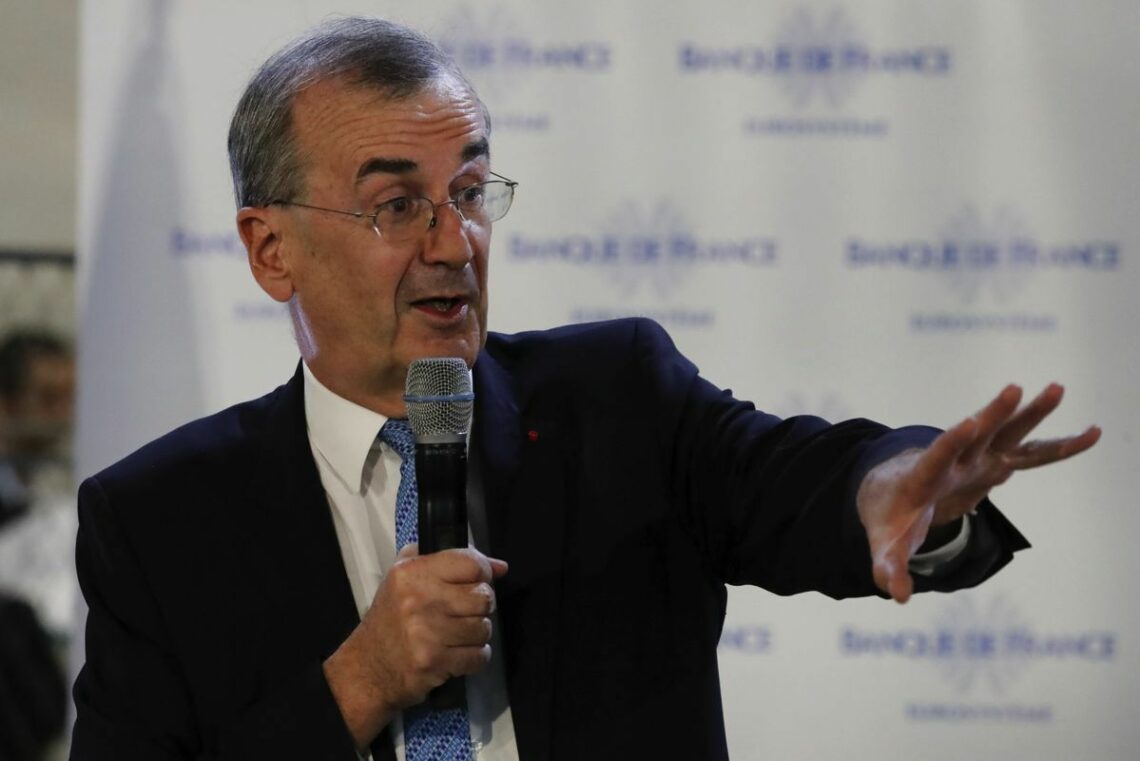The euro and the promise to end monetary profligacy
As the ECB winds down its quantitative easing program, none of its future policy options look promising for the euro. While investors would welcome a more neutral monetary stance, that could spur political tensions in the euro area. Regulation is on the rise, and growth could suffer, with unpleasant consequences for the single currency.

In a nutshell
- Easy money in the euro area helped prop up ailing banks and indebted governments
- Markets were unworried when the ECB announced it would take away the punchbowl
- However, the central bank’s interventionist culture makes a truly neutral stance unlikely
Even though pessimism about its prospects was routine in the past, the euro no longer makes scary headlines. In fact, over the past few years the common currency has been relatively successful. True, it has failed to bring about fiscal discipline and deregulation within the eurozone countries, and it has also failed to rival the dollar as a major reserve currency (the euro currently accounts for some 20 percent of global reserves, more or less the same total reached by the French franc and the Deutsche mark combined in the pre-euro years). Yet it has succeeded in keeping inflation under control in the entire euro area, while the European Central Bank has effectively enhanced stability by operating as a lender of last resort in times of crisis – a role that most commentators have appreciated.
For all that, policymakers can hardly sit back and relax. Before the end of this year, monetary tightening in Europe might start after years of low interest rates and quantitative easing, and the public-debt situation in three key countries might deteriorate. How will the euro look then?
Dual purpose
During the past decade, monetary profligacy within the eurozone played a double role. It gave breathing space to a number of troubled large banks, de facto saving them from being swallowed up by competitors from outside the European Union. Moreover, it allowed commercial banks to buy large quantities of treasuries issued by spendthrift governments. This cut the cost of (public) debt servicing and provided extra time to reduce the budget deficits and restrain public debt in a number of countries.
One may question the wisdom of using the printing press to prevent takeovers and to compensate for bad fiscal policies. Nonetheless, given these targets, it is apparent that the euro area’s monetary policy has been successful. Will the end of quantitative easing (QE) change the picture and open new scenarios? We offer a mixed answer.
Once quantitative easing is shelved, the possibility of restarting it at short notice is close to zero.
Of course, the end of QE per se is all but irrelevant. The eurozone financial institutions (including governments) no longer rely on it. During the fourth quarter of 2018, the size of the program will be limited to 15 billion euros per month (down from a monthly 80 billion euros at QE’s peak and 30 billion euros this year). That is still a lot of money, but its impact is minimal. Nothing fundamental would change in the euro area’s economy if the program were discontinued next week.
However, it is apparent that once QE is shelved, the possibility of restarting it at short notice is close to zero. This will make it difficult for single countries in trouble to obtain monetary help from the ECB, even for limited amounts and short periods. By killing the program, the authorities have sent out a powerful signal: the time of easy money and grand rescue programs is over. Future bailouts will be selective and not necessarily decided in Frankfurt.
Perceived risk
Systemic risk was the main reason the world’s major central banks used monetary broadsides, to avoid a crisis in which the collapse of a major player would trigger a general financial meltdown. The current view implies that systemic risk has vanished or never existed (our pick), or that the authorities plan to use new weapons to deal with such risk.
Markets do not seem particularly alarmed by the prospect of monetary rigor, perhaps because they do not take it seriously. This view is supported by the limited rise in interest rates so far. If one looks at 10-year government yields in the euro area, the real rate of interest is currently negative for most issues, a meager 1 percent or less for the bad borrowers (Italy, Spain and France) and 2 percent for the black sheep (Greece). The situation appears to have changed little from a year ago, except that there is more uncertainty about the political risks in Italy and Spain.
During the past few years, monetary policy in the eurozone subsidized ailing banks and indebted governments.
European stock exchanges have dropped from their February peaks, but certainly not because investors are anticipating a tighter monetary policy. The same applies to European commercial banks, whose shares have dropped almost 20 percent since late January (higher interest rates are usually good news for good bankers) but are still higher than two years ago, when QE was in full operation and the threat of a global trade war was not on the table.
Some preliminary conclusions follow from these insights. First, it is apparent that during the past few years, monetary policy in the eurozone has had little to do with macroeconomic policy. This is why the announcement of a policy change has not made a great impact on the markets. Instead, lax monetary policy was a way of subsidizing ailing banks and indebted governments. This means the future of the euro and euro-area monetary policy will depend above all on political decisions in Brussels and major EU capitals, should further critical situations emerge. Three scenarios can be envisaged.
Neutrality option
One option consists in keeping the euro out of politics. If a commercial bank goes bust or a government fails to honor its debt, the ECB will not use its printing machines to help them. If Brussels wants to come to the rescue by raising money through bond sales, European taxpayers will have to guarantee those bonds. This course would also imply that the ECB stops acting as a bankers’ bank and abstains from tampering with interest rates (total neutrality).

Regrettably, a total-neutrality scenario seems unlikely, given the interventionist culture of the EU’s central institutions. Similar doubts apply to the willingness and ability of the monetary authorities to stay out of politics, especially if the next ECB president is going to be one of today’s front-runners. Erkki Liikanen, Francois Villeroy and Philip Lane are all in favor of an “active” monetary policy.
If the total-neutrality scenario came true, however, the effects on the euro would be mixed. Removing political interference might allow the currency to strengthen, although the reverse could also happen if investors are skeptical about the new course or believe it will spur resistance and political tensions within the euro area. If the ECB chose to adopt a stance of partial neutrality, markets would be even more confused.
More regulation
A second scenario would materialize if the EU authorities choose not to rule out guarantees and bailouts for troubled banks and governments. In this case, they can be expected to intensify regulatory supervision to prevent bankruptcies and to ask the ECB to perform its traditional countercyclical role of raising interest rates in expansionary periods and lowering them in recessions. By all accounts, this is the EU’s most likely course of action, and it is already underway.
Regardless of one’s opinion about the quality and extent of regulation, it is obvious that this approach raises the question of sanctions. Can everything boil down to issuing tickets to financial institutions and governments that violate the rules? Brussels would answer in the affirmative, despite the unavoidable political tensions that would follow.
The more an economic area relies on regulation, the faster the drift away from free-market principles.
Euro investors might not be pleased, however. The more an economic area relies on regulation, the larger the discretionary power of the regulators and the faster the drift away from free-market principles. Economic growth would suffer, while populist strains within the EU could persist. This would eventually take its toll on the euro.
False belief
A third scenario would emerge if the ECB insists on an active monetary policy – for instance, to enhance economic growth. In this case, the current shift toward monetary restraint would only be intended as an opportunity to gather enough ammunition to be ready for the next negative shock. That is why Frankfurt is feeling the pressure to quit injecting liquidity into the eurozone economy and raise borrowing costs so that it can make room for future monetary expansion, if so required.
Unfortunately, this scenario also seems highly plausible, even though a quick increase in interest rates would cause serious trouble in some highly indebted EU countries.
It would not take much to make the euro more credible (and appealing) to world investors. Yet European policymakers still seem to be suffering from a false belief that political problems, corporate mismanagement and fiscal imbalances can all be remedied – or at least eased – by the deft application of monetary policy.
But that is not what makes a currency stable and strong. It can be argued that the risk runs in the opposite direction, since a currency crippled by political mistakes could weaken the authority of Brussels and Frankfurt.







